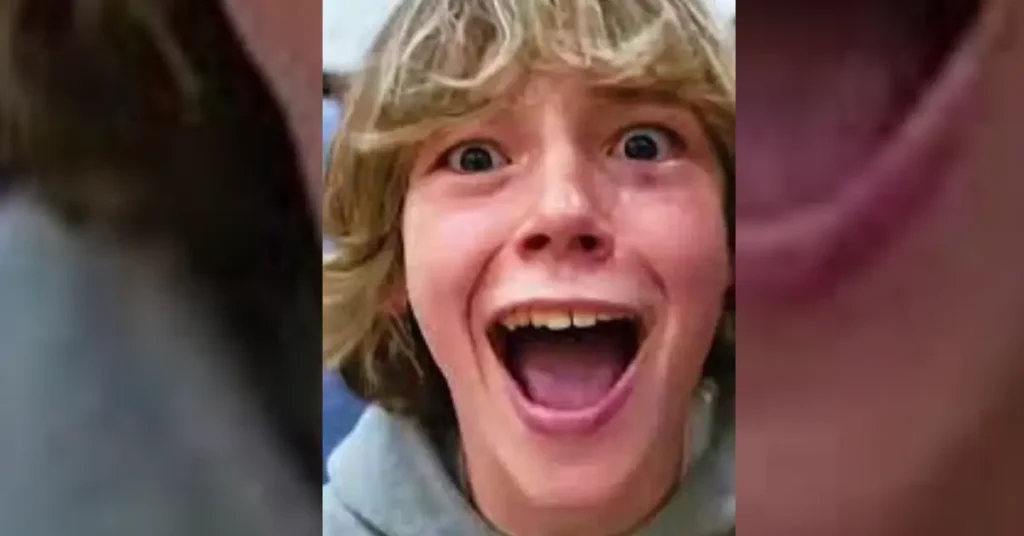Why is everyone saying “6-7”? Discover the viral TikTok meme “6-7” from Skrilla’s song, how it exploded with LaMelo Ball edits in early 2025, and why it’s everywhere—even if it means nothing.
The phrase “6-7” originated from the December 2024 drill-rap track Doot Doot by Skrilla (featuring G Herbo), where the lyric “6-7” likely references 67th Street—a possible nod to Chicago or a local connection in the artist’s life—even though Skrilla is from Philadelphia. In early 2025, a TikTok video by @matvii_grinblat synced footage of NBA player LaMelo Ball (who is 6′ 7″ tall) with that lyric at the beat drop—and it blew up, racking up millions of views and setting the template for future “6-7” edits.
From that launch point, “6-7” snowballed. Teens repurposed the audio for lip-dub videos about getting 67% on a test, hearing “6-7” randomly in life, or using it as a punchline in unrelated contexts—and schools erupted with kids chanting it incessantly.
Notable moments followed: WNBA star Paige Bueckers unintentionally dropped “six, seven” during a press conference, visibly amused, and that clip became meme fodder too. Other athletes—including LeBron James and even LaVar Ball—ended up included in viral “6-7” edits, turning the meme into a recurring loop throughout sports culture.
On March 31, 2025, the meme took another twist with the viral appearance of the “6-7 Kid”—a youth in an AAU basketball video who loudly yells “Ay, 6-7” to the camera, spawning new edits and iterations online. Later in summer, a darker analog-horror variant dubbed “SCP-067 Kid” emerged, transforming the meme into a surreal and uncanny cultural moment.
Despite all this, the phrase still lacks any fixed meaning. Some interpret it as slang for being tall or just “so-so,” while others see it as purely a catchy beat cue with no deeper intent—the absurdity is part of the appeal. Educators even report classroom disruptions, with one teacher banning the phrase after hearing it nonstop.
Practical insight:
The “6-7” trend illustrates how a random lyric, a sports highlight, and social media’s remix culture can fuse into something that feels harder to escape than any slang before it. From a culture-tracking perspective, it highlights how youth adopt catchy hooks not for meaning, but because repetition breeds ubiquity—and enjoyment.
Hypothetical scenario:
Imagine hearing “six-seven” every time your test score hits 67, or your friend blurting “6-7” instead of answering a question—it gets stuck in your head. That’s exactly what happened when this meme went viral. It’s memorable because it’s meaningless—but rhythmically satisfying.
Conclusion:
The “6-7” meme shows how digital culture can elevate a throwaway rap lyric into a generational catchphrase—ripe for remixes, laughs, and unfiltered repetition. Whether it’s shouted in classrooms, quoted by athletes, or reimagined as horror-era parody, its power lies in ubiquity, not meaning. What’s your take—has “6-7” made its way into your conversations (or earworms)? Let me know!
See More:
- Was Donald Trump a Secret FBI Informant Against Jeffrey Epstein? House Speaker Mike Johnson Claimed
- Amazon Prime Membership Free Shipping Is Ending—Here’s What You Need to Know Before October 1
- Where to Watch John Candy I Like Me Documentary
- John Candy Documentary Shocking Revelation: Ryan Reynolds Unpacks the Hidden Anxiety of Comedy Legend John Candy

